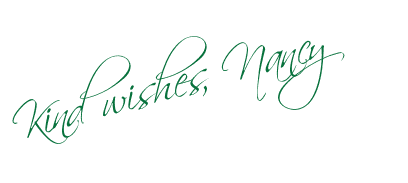Considered Historical Staffordshire, English transferware pieces first began documenting scenes of America battles, discoveries, treaties, landmarks and the progression of transport and trade in 1825. They are highly collectible and sought after wares.
In honor of Columbus Day today, I'm sharing a pattern from the William Adams & Sons potteries dating to about 1830-40.
There are several scenes in the series, each depicting the arrival of Christopher Columbus and his ships to the American shore. The Native American tribe stands on the proper right, against a backdrop of mountains and rich vegetation. The four corners of the plate decorated with rectangular cartouches with alternating scenes of prancing deer and grazing bisons against foliate backgrounds, unified by a scalloped border with a floral chain interlaced with scrolled floral motifs. Four elaborate flower garlands on a grey ground decorate the spaces between the cartouches. The whole is encircled by a thin border of alternating ovals and scrolls.
The scenes on the plates and platters were copied from W. G. Wall's engravings (1823). There were a series of these plates depicting the "Landing of Columbus." This series is distinct in that it was the first of the printed wares to use the lighter blue colors, which started appearing in America around 1833.
This pattern is featured in several books on transferware, including Historical Staffordshire American Patriots and Views By Jeffrey B. Snyder and
American Historical Views on Staffordshire China by Ellouise Baker Larsen and comes in a variety of colors shown below: teal, blue, purple, red, brown and black (shown in the collection of one of my readers and FB followers, Michael Moore, thank you Michael!).

sharing at
Inspire Me Monday at Create with Joy









Comments
Post a Comment
I love hearing from my readers. I appreciate the time you take to post a comment and I read them all.